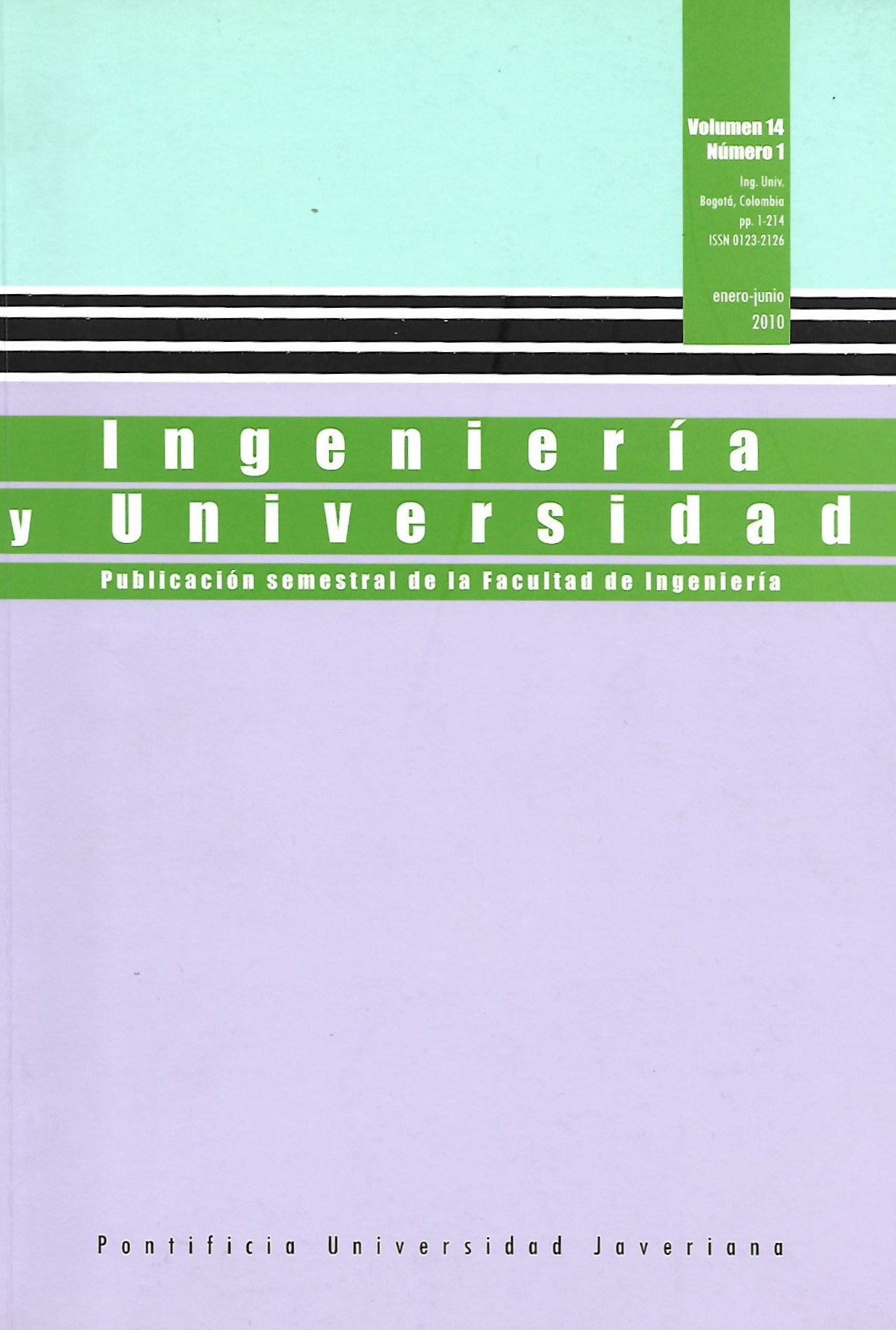Abstract
The performance of PID and fuzzy controllers is compared in a commercial device normally used in model airplanes: the S3004 Futaba Servo. The controller circuit, the power amplifier and the sensor are modified, and then the motor is observed. Next, a root-locus method is used to tune a PID for angular position control. Simulations and control are made in Matlab’s Simulink, and also a data acquisition card (PCI 6024E) is used. Results are analyzed at the end of the document: although the PID controller works better, the fuzzy controller shows a similar performance.
ABROSHAN, M. et al. An optimal control for saturated interior permanent magnet linear synchronous motors incorporating field weakening. 13th International Power Electronics and Motion Control Conference, Poland, 1-3 de septiembre de 2008, pp. 1.117-1.122.
ALI, F. H. y ALGREER, M. Fuzzy PID control for positioning plants with uncertain parameters variation. Information and Communication Technologies. 2006, vol. 1, pp. 1.428-1.433.
ATTAIANESE, C. y TOMASSO, G. Position measurement in industrial drives by means of low-cost resolver-to-digital converter. Instrumentation and Measurement, IEEE Transactions. 2007, vol. 56, núm. 6, pp. 2.155-2.159.
FACCIO, M. et al. An embedded system for position and speed measurement adopting incremental encoders. Industry Applications Conference. 39th IAS Annual Meeting Conference, Monteluco di Roio, L’Aquila, Italy, 3-7 de octubre de 2004, vol. 2, pp. 1.192-1.199.
HONGFU, Z. DC servo motor PID control in mobile robots with embedded DSP. International Conference on Intelligent Computation Technology and Automation. 2008, pp. 332-336.
LIU, Y. et al. Remodeling of fuzzy PID controller based on dynamic NN. Automation Congress, septiembre de 2008, pp. 1-5.
MARZI, H. Fuzzy Control of an inverted pendulum using AC induction motor actuator. IEEE International Conference on Computational Intelligence for Measurement Systems and Applications, La Coruña, julio de 2006, pp. 109-114.
NGOC, Q. L.; JUNG, U. C. y JAE, W. J. Application of velocity profile generation and closed-loop control in step motor control system. International Joint Conference. Bexco, Busan, Korea, 18-21 de octubre de 2006, pp. 3593-3598.
PERRON, M.; DE LAFONTAINE, J. y DESJARDINS, Y. Sliding-mode control of a servomotor-pump in a position control application. Saskatoon, mayo de 2005, pp. 1.287-1.291.
RAIRÁN, D.; SIERRA, Y. y MORENO, N. Implementación de dos estrategias de control para la velocidad de un motor DC. Revista de Ingeniería e Investigación. 2009, vol. 29, núm. 2, pp. 100-106.
SUSPERREGUI, A.; TAPIA, G. y TAPIA, A. Application of two alternative sliding-mode control approaches to DC servomotor position tracking. IET Electric Power Applications. 2007, vol. 1, núm. 4, pp. 611-621.
WAHYUNGGORO, O. y SAAD, N. Development of fuzzy-logic-based self tuning PI controller for servomotor. 10th Intl. Conf. on Control, Automation, Robotics and Vision, Hanoi, Vietnam, 17-20 de diciembre de 2008, pp. 1.545-1.550.
ZHANG, Y. et al. High performance position control system based on SR-PM motor. Tsinghua Science and Technology. 2007, vol. 12, núm. 5, pp. 614-619.
ZHIMING, W. et al. Study on positioning control of transfer robot with solar cell. The Ninth International Conference on Electronic Measurement & Instruments ICEMI’2009, pp. 913-919.
This journal is registered under a Creative Commons Attribution 4.0 International Public License. Thus, this work may be reproduced, distributed, and publicly shared in digital format, as long as the names of the authors and Pontificia Universidad Javeriana are acknowledged. Others are allowed to quote, adapt, transform, auto-archive, republish, and create based on this material, for any purpose (even commercial ones), provided the authorship is duly acknowledged, a link to the original work is provided, and it is specified if changes have been made. Pontificia Universidad Javeriana does not hold the rights of published works and the authors are solely responsible for the contents of their works; they keep the moral, intellectual, privacy, and publicity rights.
Approving the intervention of the work (review, copy-editing, translation, layout) and the following outreach, are granted through an use license and not through an assignment of rights. This means the journal and Pontificia Universidad Javeriana cannot be held responsible for any ethical malpractice by the authors. As a consequence of the protection granted by the use license, the journal is not required to publish recantations or modify information already published, unless the errata stems from the editorial management process. Publishing contents in this journal does not generate royalties for contributors.


